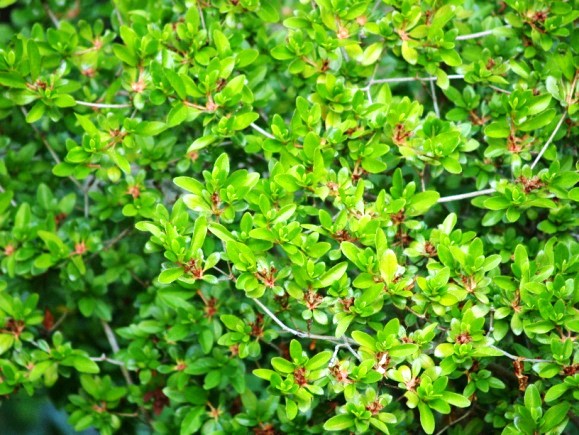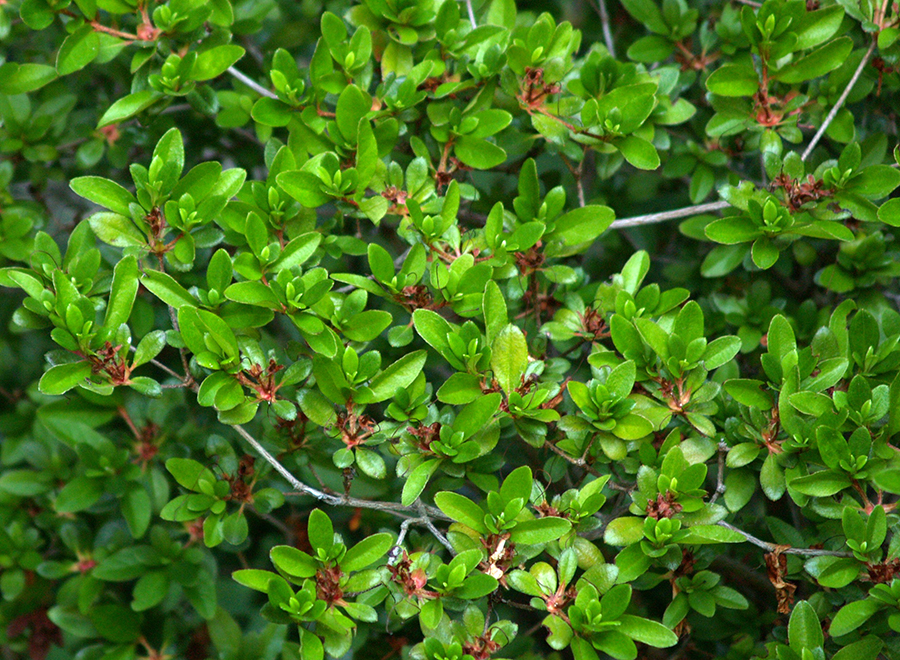
Azaleas
Rhododendron indicum
Family and description
From the Ericaceae family, azaleas are shrub plants, either persistent or deciduous, that can grow to a height of 2 m. They stand out due to their abundant flowering and discreet foliage.
Leaves are lanceolate, dark green on the upper part and lighter on the underside.
Flowers differ in colours, but they are usually shades of red, pink or white, blooming between May and June.
They also differ from other rhododendrons due to their terminal flowers, as other members of the family develop inflorescences.
The fruit is a capsule containing numerous seeds.
Origin and habitat
Originating in Asia, they are perhaps the most common plants found on Japanese landscapes.
They thrive in well-drained soils and cool places with some shade, allowing them to be planted directly under the canopy of trees.
Uses and curiosities
Azaleas should be grown in environments that are protected from wind and excessive light. It prefers acid soils, with plenty of organic matter and good drainage.
They were often cultivated by Buddhist monks and are can be found in many of the famous gardens, many of which can be found depicted in paintings, photography, cinema and even poetry.
Currently, as a result of human manipulation, there are more than 10,000 Azalea cultivars.
Interestingly, honey produced by bees from the pollen of these flowers is poisonous to humans, although it is harmless to insects.
Azaleas propagate from cuttings.

